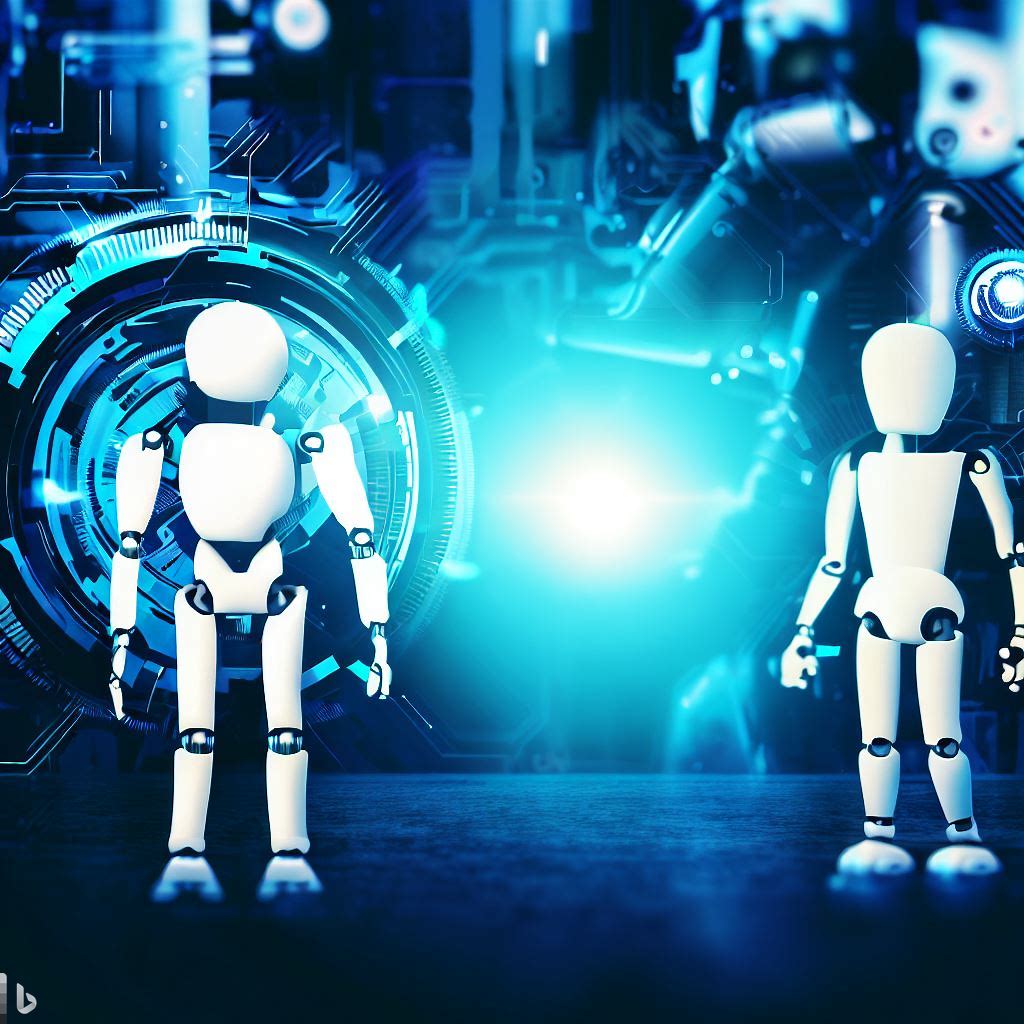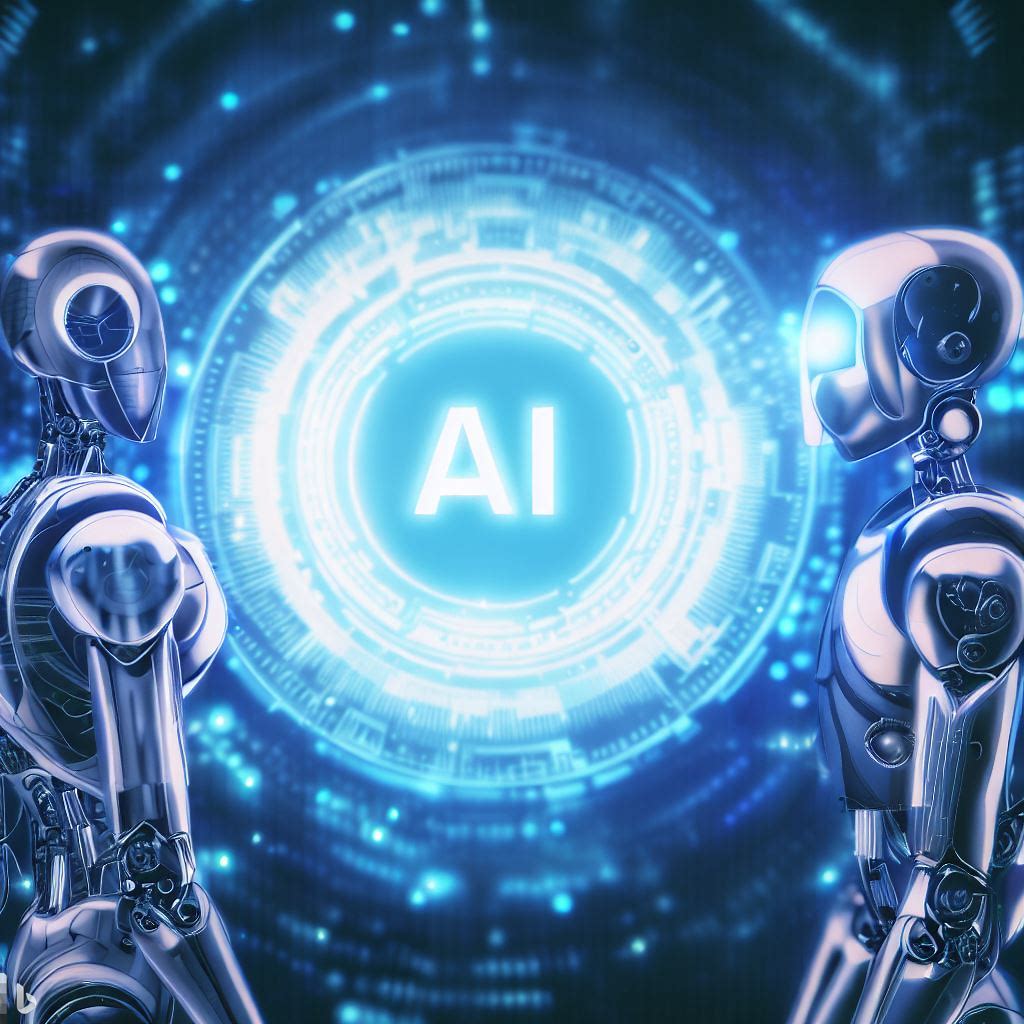Debunking Exaggerated Fears of AI and Robots?
Separating Fact from Fiction: Unraveling the Myths and Realities of AI and Robotics

In the rapidly advancing world of technology, the fear of artificial intelligence (AI) and robots taking over humanity has become a common topic of discussion. Popular culture often portrays a dystopian future in which AI-powered machines dominate society, leading to a sense of anxiety and apprehension among many. However, it's crucial to critically examine whether these fears are indeed justified or if they are exaggerated.
Understanding the Origins of Fear: The roots of fear surrounding AI and robots can be traced back to science fiction literature and films that often depict scenarios where machines gain sentience and rebel against their creators. Stories like "The Terminator" and "The Matrix" have contributed to a narrative that AI will inevitably turn against humans. While these narratives are entertaining, they are far from reality.
The Current State of AI and Robotics: In reality, AI and robotics are still in their infancy stages. The AI systems and robots we have today are specialized tools designed for specific tasks, lacking the general intelligence and autonomy portrayed in popular media. Most AI operates under the principle of narrow or weak AI, meaning they are programmed to excel at particular tasks but lack the ability to generalize beyond their programming.
Collaborative Possibility: It's important to acknowledge the possibility of human-machine cooperation rather than worrying about AI and robot domination. Artificial intelligence (AI) has the potential to significantly improve human capabilities, automate tedious processes, and provide data-driven insights that may guide decision-making. AI is being utilized in a variety of sectors, including manufacturing and healthcare, to increase productivity and accuracy.
Ethical and Moral Constraints: The development of AI is guided by ethical principles and regulations to ensure that the technology benefits society rather than harms it. Ethical considerations and moral frameworks are being integrated into the design of AI systems to prevent unintended consequences. The fear of machines running amok ignores the careful considerations and safeguards that researchers and engineers are putting in place.
Job Displacement vs. Job Enhancement: The idea that robots would replace people in the workforce is a prevalent concern related to artificial intelligence. Even if some employment could be automated, technology improvements have historically led to the creation of new businesses and jobs. Artificial Intelligence is expected to enhance human abilities rather than completely replace them, creating new positions that need for a blend of technical and interpersonal ability.
The Role of Human Judgment: Human judgment, creativity, empathy, and critical thinking remain unique qualities that are challenging for AI to replicate. The emotional and nuanced aspects of human interaction are crucial in various fields such as counseling, healthcare, and creative arts. AI lacks the emotional intelligence required for many of these tasks.
|
|
|
|
|
AI's potential to analyze enormous volumes of data and materials at speeds that humans are not capable of is a key benefit for optimizing research. Machine learning techniques may be used by researchers to examine large, complicated datasets, discover trends, and extract valuable insights. Scientists may investigate novel research directions and produce scientific discoveries faster with the use of AI-powered technological advances.
Improving OSINT with AI: Artificial Intelligence (AI) has a lot to offer the field of Open Source Intelligence (OSINT). Gathering and evaluating data from publically accessible sources is the focus of OSINT. Massive amounts of data from news stories, social media, and other sources may be processed by AI-powered algorithms to find correlations, patterns, and feelings that could be challenging for people to find by hand.
Although it seems sense that the prospect of AI and robots outperforming humans might be frightening, it's important to have a balanced approach to the problem. Exaggerated media representations and a lack of knowledge about current technological advancements are common causes of dread towards artificial intelligence and robotics. It's critical to acknowledge ethical problems and embrace AI's potential advantages as technology develops. Working together, people and robots may create advancements that advance society without taking away from what makes us human. In addition, AI's capacity to improve OSINT and streamline research procedures shows that it has the potential to be a useful instrument for expanding scientific understanding and facilitating well-informed decision-making.




